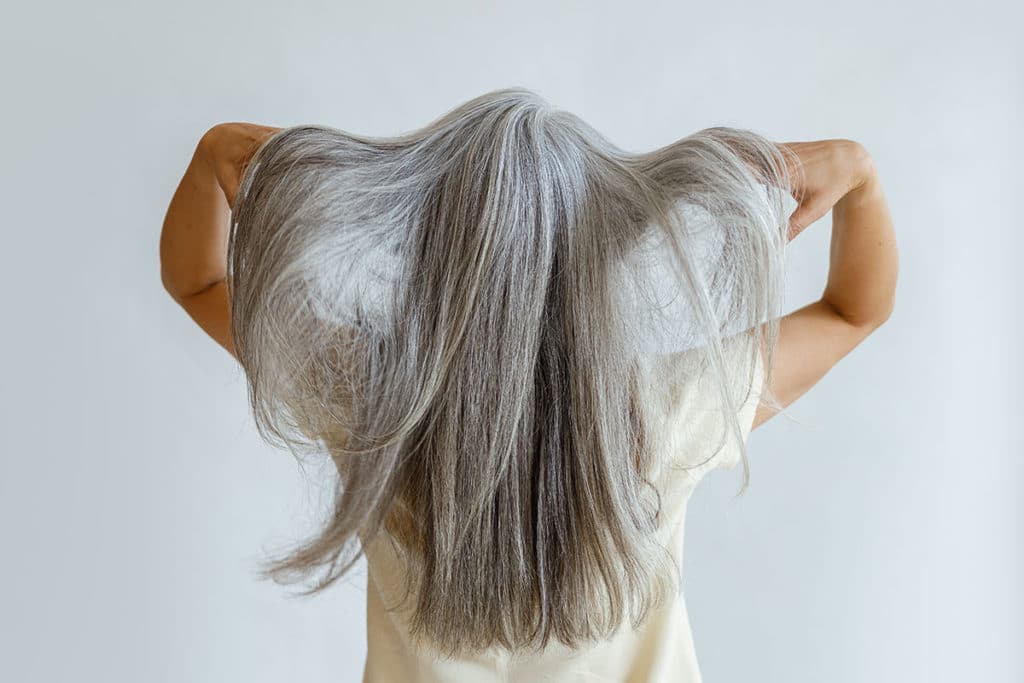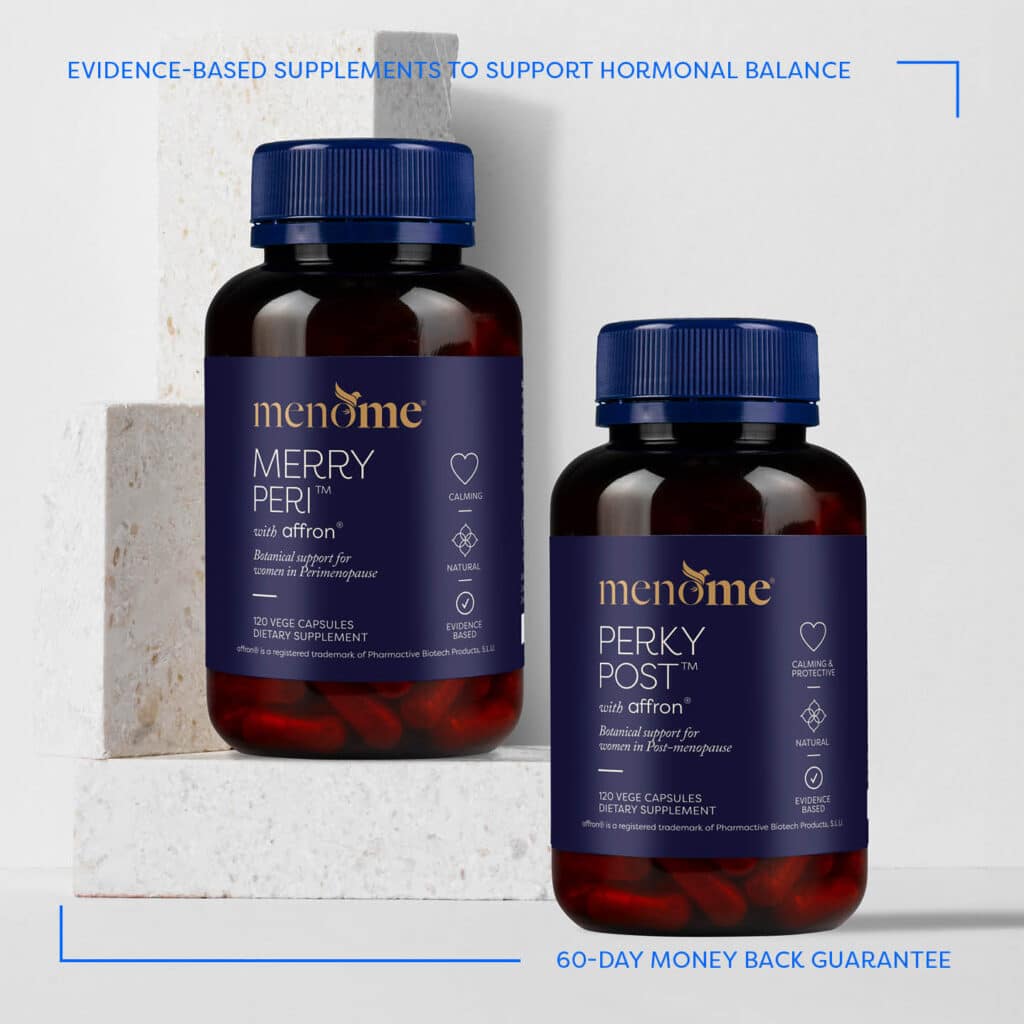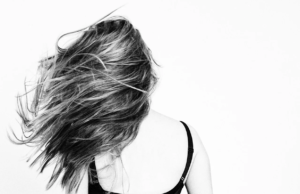Have you noticed that loads of women are choosing to embrace their grey hair in midlife?
Or, to be accurate we should drill grey hair down to silver, platinum and white.
What’s more, they’re doing it in style and loving it! The Silva Sistas unite!
Are you tempted to try strutting silver? I think we all could be, couldn’t we?
I mean, let’s face it. As we grow older, if we colour our hair, grey hair becomes the reality for most of us under the dye.
Indeed, the natural colour of our younger years usually disappears so we must use some form of colour to maintain it.
And we often reach a decision point.
Should we continue with the maintenance of colouring grey hair which can be costly in terms of both time and money?
Or should we make life easier and embrace our grey?
What causes grey hair?
Over time, our hair loses pigment. It’s usually a gradual process and early on we may notice the odd silver strand or two peeking out from our colour. (In fact, most of us remember our first sighting!)
It begins at cells in the hair follicle [melanocytes) which make melanin, the pigmenting chemical that gives your hair its colour. As we grow older the melanocytes start to die off and new hair strands begin to grow without pigment. And hair colour changes to grey.
When this happens depends on your genes, lifestyle and age.
If either of your parents went grey early, you may too. And studies have shown that, yes, environmental factors including stress play a role as well1.
Furthermore, that old demon – smoking – can contribute to diminished pigment too. In fact, one study showed that smokers are 2 1/2 times more likely to go grey before age 302.
What is grey hair like?
Grey hair is thinner than hair with natural colour and it tends to be coarser, more porous, wiry and oftentimes drier.
We got up close and personal with going grey and four gorgeous women who are rocking their silver tresses.
Making the grey hair leap with Leigh
A strawberry blonde in her earlier years, MenoMe® managing director Leigh Kite, chose grey hair a couple of years ago.
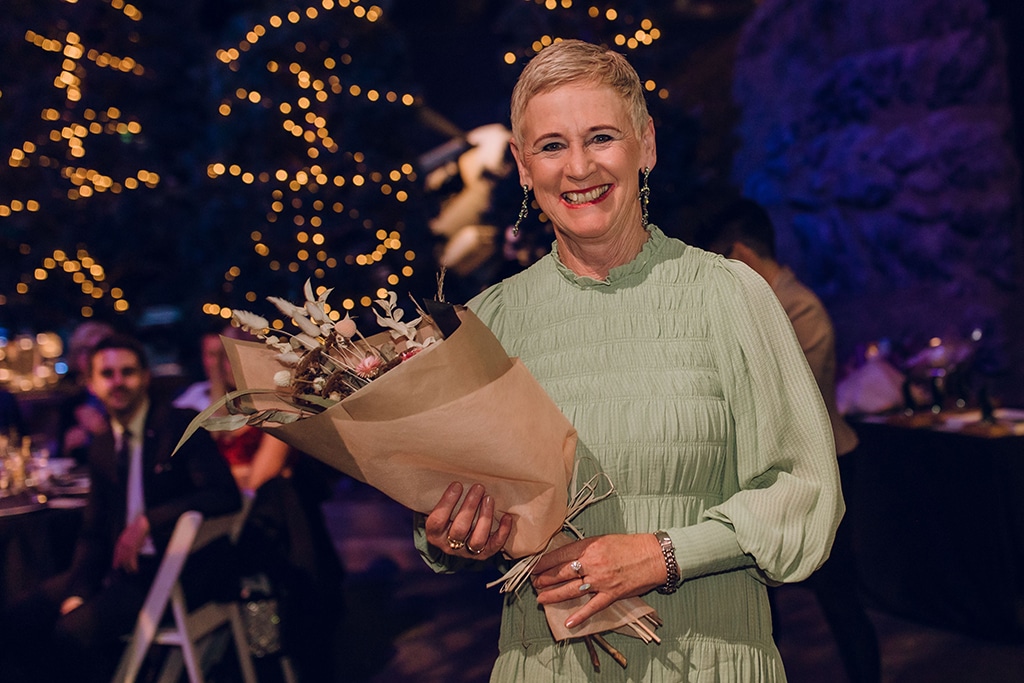
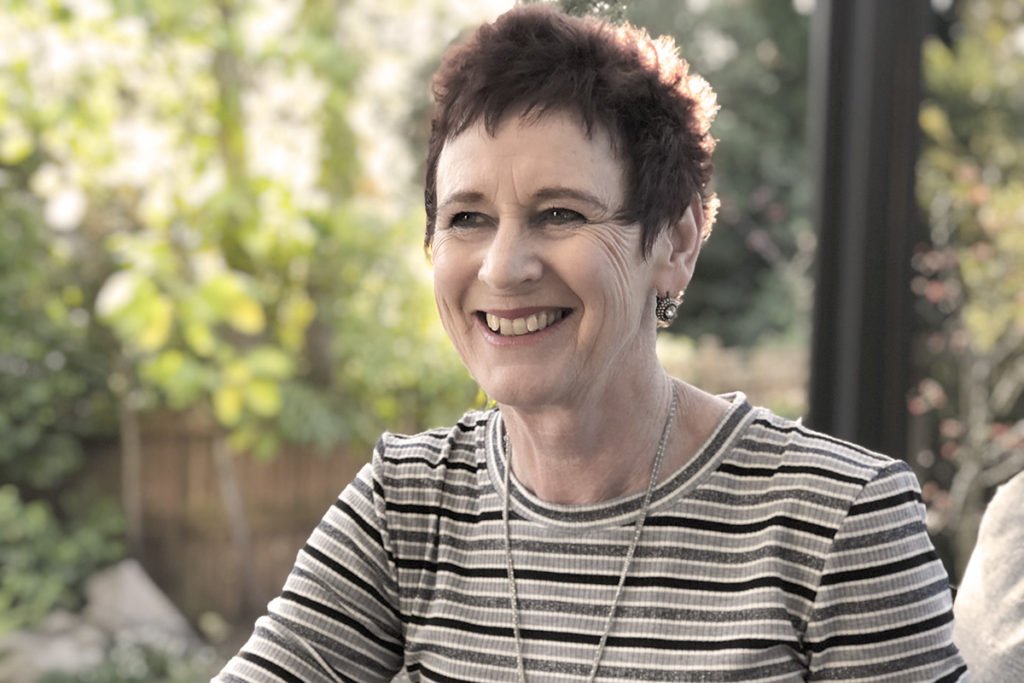
Why did you choose to go grey?
I’d been thinking about it for a while because of the cost of getting my hair coloured and recognising that it was the only thing in my beauty repertoire that I hadn’t gone natural with. In addition, knowing that the whole colouring process….well, the chemicals in the colour are quite toxic…but I kept on doing it because I hadn’t found another alternative.
I wasn’t ready to go with my natural colour. I was a redhead and I knew my natural colour would be primarily grey. Although, I’d been eyeing up some women with their short, grey hair and thought how cool it looked.
I already had short hair and I thought women like Jamie Lee Curtis looked amazing.
How did you make the change?
COVID-19 struck. So, by the time we were let out and I could get to my hairdresser at least half the length was grey.
As a result, I thought if I’m going to make a change this is the time. So, I went to my hairdresser who is great. She said, “OK, instead of colouring and then washing it, let’s wash it first, then I’ll cut it and if you don’t like it, I’ll colour it.”
Therefore, it was quite an easy process for me because I could try it.
Did you like it?
When she’d cut it, I looked at it and thought, ‘I like it’ – and it only took me a couple of weeks before I felt like it was the new me.
Now, I would never go back because my time at the hairdresser is so much shorter. All I need is a cut that’s done and dusted in 30 minutes. Plus, it’s half the cost and I feel it’s more natural-looking. Not only that, with my pixie cut, I don’t need to use conditioner, can get away without blow-drying and only use a styling product now and then as a treat. That’s it.
How do you feel about it overall?
I think people probably think that grey hair ages you but I feel it makes me look younger. Because I’d got to the stage where the colour was starting to look a bit harsh and unnatural. At first, it had strawberry lights in it but now it’s more silver.
Choosing grey hair with Chris
Chris Bone was introduced to grey hair very early on. And after colouring it for many years she chose to embrace it in her 30s.
What’s your story, Chris?
I noticed my first grey hair at about the age of 18 and I was horrified when I started pulling grey hairs out of my head.
I think it was because I experienced a trauma1 when I was seven and my sister was killed.
Then I met my husband and had four children, three daughters and a son. I started colouring it in my mid-20s after the three girls were born. At one stage I had three children under three and I felt it would be ridiculous to have grey hair in your 20s and 30s. So, I kept colouring it.

What made you choose to go natural?
One day, when I was in my mid to late 30s and I was at the hairdresser’s I thought ‘let’s just do this’.
So, I got all the colour cut out and went natural. My hairdresser was dismayed because she was losing a very good customer but I love it. It’s brilliant.
At first, it was mid-blonde with a shock of white at the front but as I’ve grown older it’s gone from silver to white.
Do you love your grey – or should we say white – hair?
I get so many comments, people love it. I wouldn’t change it for the world. In fact, people pay for the colour I have.
Although, with that said, I think you’ve got to have a strong self-image. At first, it can feel a bit like standing naked in public. I didn’t recognise myself and I found it nerve-wracking going to the supermarket and church. But it was also incredibly liberating and my family were very supportive.
How do you feel about your decision now you’re well and truly settled into it?
I think I’ve become stronger and more comfortable in my skin with it, which is a huge place for women to get to if they buck the trends – especially in this society.
Stacey’s in the throes of moving to grey hair
Stacey Karaitiana has been colouring her long hair for about 25 years and is currently attempting to go grey.
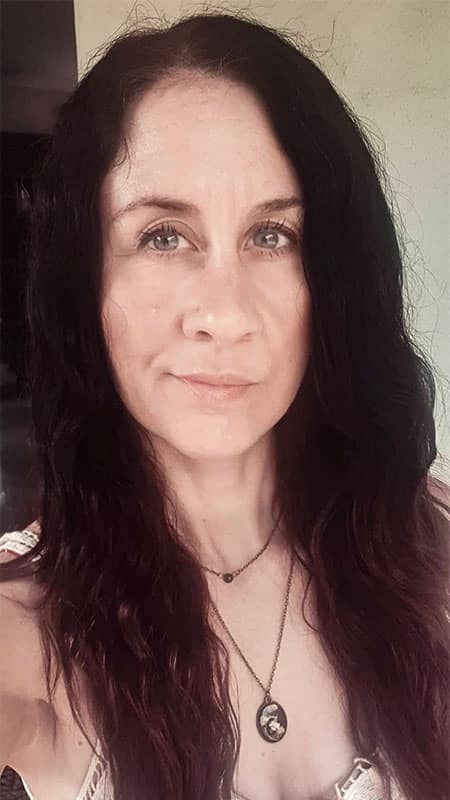
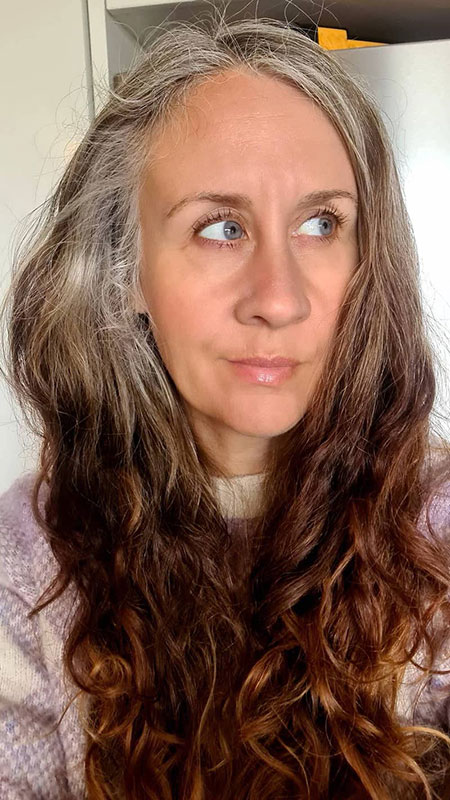
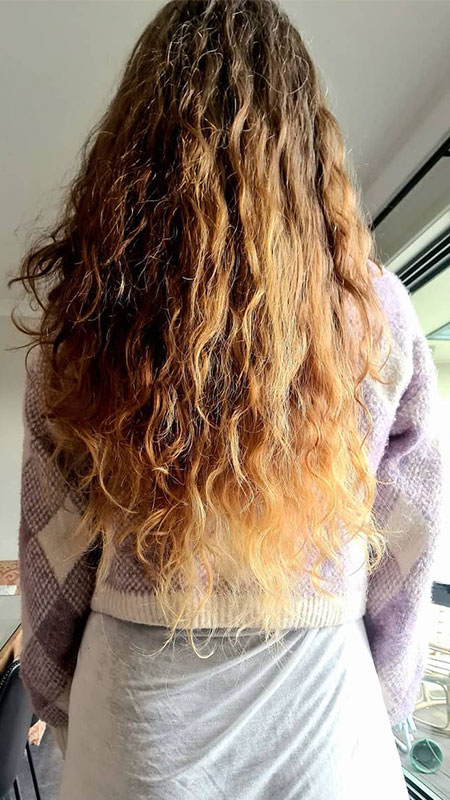
Why did you decide to try going natural, Stacey?
I’ve never liked the idea of using toxic chemicals on my skin or hair and the natural hair dyes didn’t work for me. Also, I feel they might not be that safe anyway.
I tried to grow out my colour 10 years ago but after a few inches of regrowth, I became too self-conscious. Then I met somebody new, so I dyed my hair bright red in rebellion and in contrast to the dull grey.
But about a year and a half ago, I saw my friend who had been growing her hair out and I thought about how brave she was and how good it looked. So I decided to take the plunge as I was completely over having to touch up my roots every two weeks!
And also, I didn’t care as much about my appearance at the time – trying to let go of the vanity that had plagued me my whole life.
At that time, I’d been growing my hair for a few years as I was too lazy to go to the hairdressers and I was also curious as to how long I could grow it. I contemplated cutting it to shoulder length but decided to try stripping the colour instead but all that did was bleach it.
You’ve got a ways to go but how do you feel about your hair overall?
I like my wild gypsy hair even though my mum tells me I’m way too old for long hair!
I have noticed the trend of more women choosing to go grey and I think it’s very cool. Eschewing society’s (unrealistic) beauty standards in exchange for authenticity and acceptance of the natural ageing process.
Clare’s embracing her grey hair
Why did you decide to go grey, Clare?
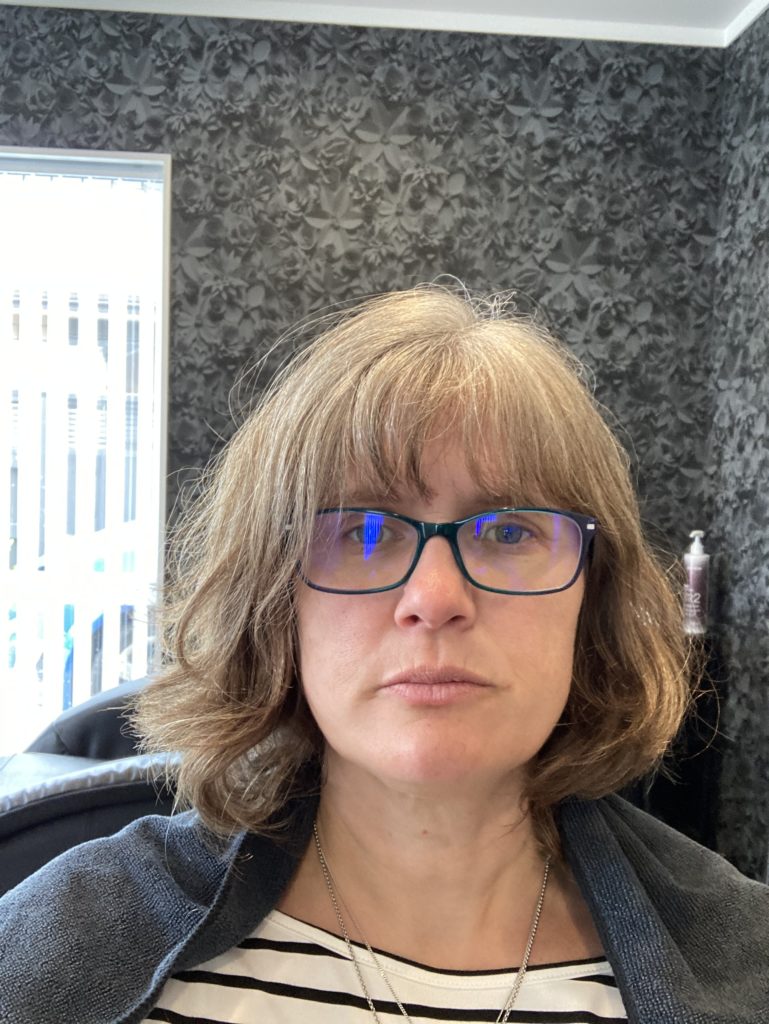

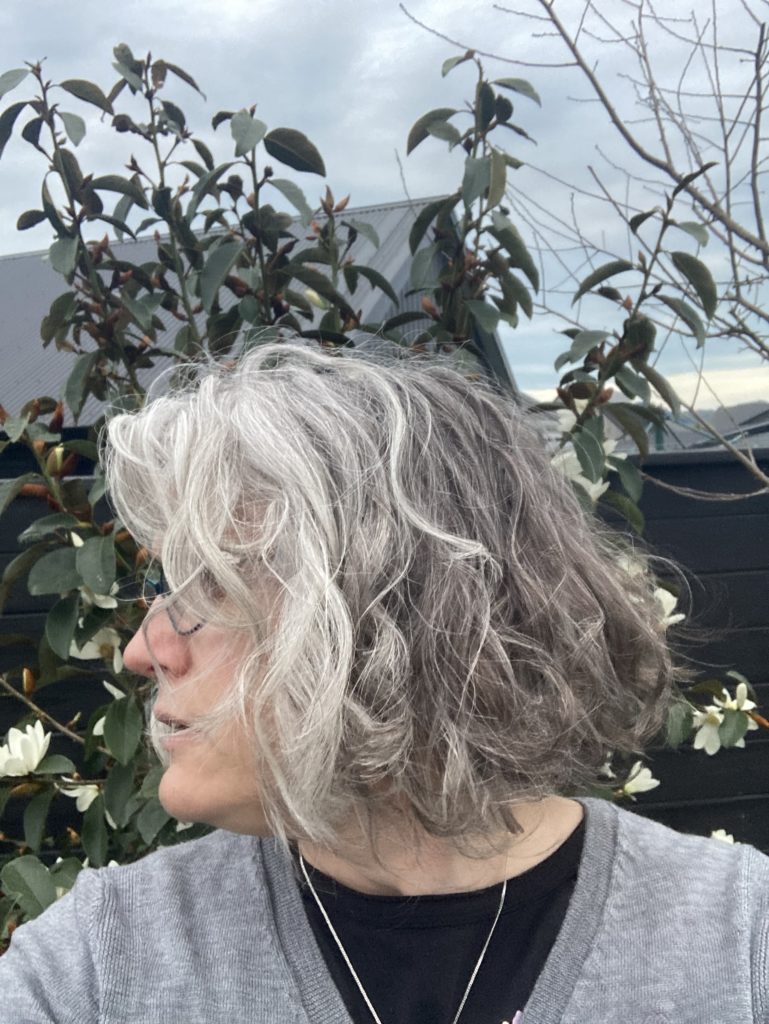
I embraced my greys after too many years of dyeing my hair. You see, I started going grey in my late teens. My lovely hairdresser supported me to grow it in over a couple of years as she weaned me off dye.
I love my grey hair, it has lots of natural colours. I’m not adding to pollution to my environment or my body, saving money and looking great all at the same time!
Love it!
How To Go Grey
1. Let it grow
First up, let your roots grow out a bit. If you don’t want to go cold turkey, mascara, eyeshadow or brow powder can help disguise the demarcation line somewhat. Of course, there are also powders specifically designed to do this.
2. Be patient
Depending on how long your hair is (and if you don’t want to cut it) the transition could take months or even years.
3. Try highlights/lowlights
During the growing-out phase, you could try a few streaks of colour to help with the blend.
4. Have your colour removed
It is possible to get your hair colour removed but it’s not the time for a DIY package. It takes a skilled pro.
Tender, loving care for grey hair
As a result of going grey, you may find your hair is a bit coarser or duller. Also, it can sometimes go a bit brassy so you could try a ‘purple’ shampoo or conditioner to bring out its natural beauty. There are some lovely non-toxic choices out there such as Pureology, Essano and ETHIQUE.
And all hair, no matter what colour, tends to benefit from a deep conditioning treatment once a month.
You might like: How you Can Get Thicker, Stronger Hair At Menopause
Conclusion
You haven’t imagined it, there is a grey-haired movement going on. While women have been choosing grey hair for decades it’s now gracing the pages of glossy fashion magazines. Not to mention silver-haired beauties chalking up thousands of followers on social media.
Furthermore, there are no rules to choosing grey hair. The truth is, it’s not for everyone but if it’s for you enjoy every silver tress. You do you as they say.

Is your hair changing with the advent of menopause? It might not only the colour that’s changing. Indeed, this is the time when it can also become thinner, our part line can widen and we can even experience hair loss*. And that’s why we developed award-winning LotsaLocks® to address thinning hair and loss. Learn more.
* It’s important to realise that this isn’t always due to hormone shifts, thyroid issues and iron deficiencies can also contribute to this so rule those out first.
Share with a friend
Sign up to our mailing list for the latest news and stories and receive a $5 discount code to redeem on your first purchase, plus receive a 3-step eBook on ways to support your body through menopause.
This site is protected by reCAPTCHA and the Google Privacy Policy and Terms of Service apply.
Related Articles
References:
- Zhang B, Ma S, Rachmin I, He M, Baral P, Choi S, Gonçalves WA, Shwartz Y, Fast EM, Su Y, Zon LI, Regev A, Buenrostro JD, Cunha TM, Chiu IM, Fisher DE, Hsu YC. Hyperactivation of sympathetic nerves drives the depletion of melanocyte stem cells. Nature. 2020 Jan;577(7792):676-681. doi: 10.1038/s41586-020-1935-3. Epub 2020 Jan 22. PMID: 31969699; PMCID: PMC7184936.
- Zayed AA, Shahait AD, Ayoub MN, Yousef AM. Smokers’ hair: Does smoking cause premature hair greying? Indian Dermatol Online J. 2013 Apr;4(2):90-2. doi: 10.4103/2229-5178.110586. PMID: 23741662; PMCID: PMC3673399.
